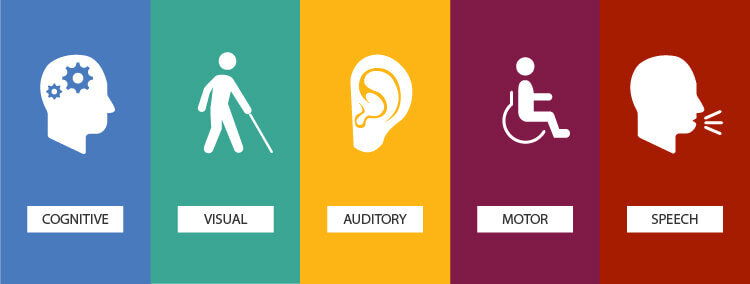News Blast
Your daily source for the latest news and insights.
Web Accessibility: Leveling the Playing Field One Click at a Time
Unlock the web for everyone! Discover how simple clicks can enhance accessibility and create an inclusive online experience.
What is Web Accessibility and Why Does It Matter?
Web accessibility refers to the practice of making websites usable for all people, including those with disabilities. This includes visual, auditory, physical, speech, cognitive, and neurological disabilities. By ensuring that digital content is designed to be accessible, we ultimately enable everyone to navigate, understand, and interact with the web. When websites are built to be accessible, they not only cater to users with disabilities but also enhance the user experience for all visitors. This can be achieved through various means, such as employing semantic HTML, ensuring proper color contrast, and providing text alternatives for non-text content.
Why does web accessibility matter? It is essential for several reasons:
- Inclusivity: Creating an accessible web environment ensures that everyone, regardless of ability, can access information and services.
- Legal Compliance: Many countries have laws and regulations that mandate web accessibility, making it a legal requirement for organizations.
- Improved User Experience: An accessible site can enhance usability for all users, leading to increased engagement and satisfaction.

Top 10 Web Accessibility Guidelines You Need to Know
Web accessibility is crucial in today's digital landscape, ensuring that everyone, including individuals with disabilities, can access and navigate websites effectively. The Top 10 Web Accessibility Guidelines serve as a framework for website designers and developers to create inclusive online experiences. These guidelines, established by the World Wide Web Consortium (W3C), provide a roadmap for making content more perceivable, operable, understandable, and robust. By adhering to these principles, you not only comply with legal standards but also enhance user experience for a diverse audience.
- Ensure keyboard navigation is possible for all interactive elements.
- Provide text alternatives for non-text content.
- Use sufficient color contrast between text and background.
- Make sure all content is readable and understandable.
- Design flexible layouts that adapt to different devices.
- Provide captions and transcripts for audio and video media.
- Avoid using content that flashes or blinks.
- Label form inputs clearly and concisely.
- Include error identification and suggestions for correction.
- Regularly test your website for accessibility compliance.
How to Make Your Website Accessible for All Users
Making your website accessible for all users is essential to ensure that everyone, regardless of their abilities or disabilities, can navigate and benefit from your content. To start, consider implementing alternative text for images, which provides a textual description of visual content. This is particularly important for users who rely on screen readers. Additionally, ensure that your website has sufficient color contrast between text and background, helping users with visual impairments better read your content. You can also include keyboard navigation options, allowing users to move through your website without needing a mouse.
Another key aspect of accessibility is using semantic HTML. By using proper heading tags (like <h1>, <h2>, etc.), you create a clear structure that assists screen reader users in understanding the content hierarchy. Consider adding captioning for video content and transcripts for audio, which provide information to users who are deaf or hard of hearing. Lastly, don’t forget to perform regular accessibility audits using tools or by consulting with users who have disabilities, as they can give invaluable insights into how you can further improve your site’s accessibility.